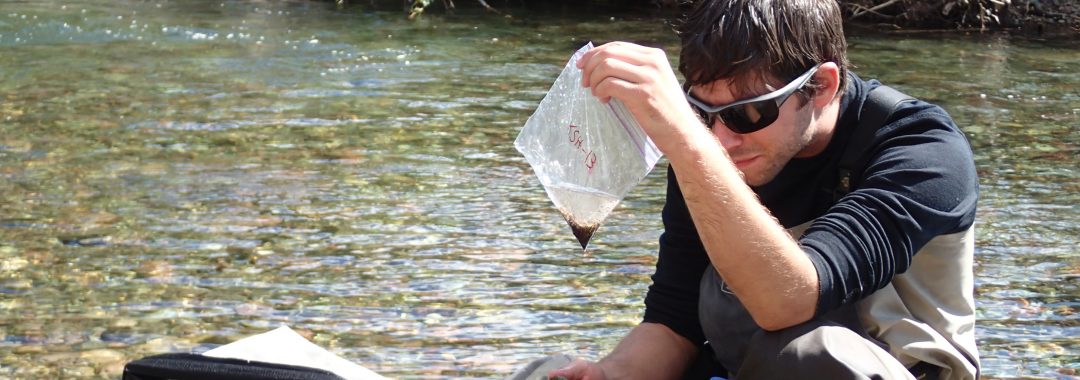Abstract:
Studies in biodiversity-ecosystem function and conservation biology have led to the development of diversity indices that take species’ functional differences into account. We identify two broad classes of indices: those that monotonically increase with species richness (MSR indices) and those that weight the contribution of each species by abundance or occurrence (weighted indices). We argue that weighted indices are easier to estimate without bias but tend to ignore information provided by rare species. Conversely, MSR indices fully incorporate information provided by rare species but are nearly always underestimated when communities are not exhaustively surveyed. This is because of the well-studied fact that additional sampling of a community may reveal previously undiscovered species. We use the rarefaction technique from species richness studies to address sample-size-induced bias when estimating functional diversity indices. Rarefaction transforms any given MSR index into a family of unbiased weighted indices, each with a different level of sensitivity to rare species. Thus rarefaction simultaneously solves the problem of bias and the problem of sensitivity to rare species. We present formulae and algorithms for conducting a functional rarefaction analysis of the two most widely cited MSR indices: functional attribute diversity (FAD) and Petchey and Gaston’s functional diversity (FD). These formulae also demonstrate a relationship between three seemingly unrelated functional diversity indices: FAD, FD and Rao’s quadratic entropy. Statistical theory is also provided in order to prove that all desirable statistical properties of species richness rarefaction are preserved for functional rarefaction.
Citation: Walker, S., Poesch, M.S. and Jackson, D.A. 2008. Functional rarefaction: Estimated functional diversity from field data. Oikos 117(2): 286-296.
Also Read:

